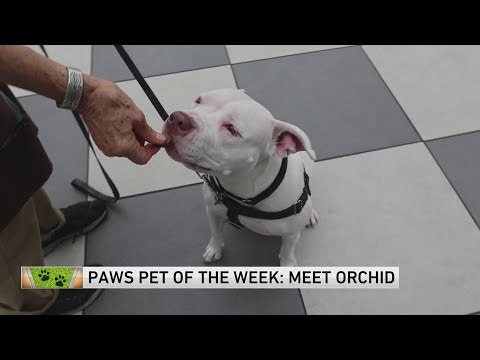Vape to save your pet – New Statesman

Imagine an e-cigarette that came with a cute virtual pet that you could only keep alive by perpetually vaping. It sounds like an episode of Black Mirror. But it isn’t: it’s a real product that was born into the world this spring. Two New York-based software engineers initially planned to create a device that helped you stop vaping – if you vape, your pet dies. But darkness got the better of them. They pursued the pro-vaping route instead. Then the internet found out about the “vape-o-gotchi” – and people lost their minds. “I WILL DIE BEFORE I LET MY TAMAGOTCHI DIE,” one user gushed on X.
The original device may have been something of a joke, but eerily similar ones are now proliferating with no irony attached. There is boom market for candy-coloured, dopamine-dripping nicotine products. And, worryingly, this kawaii vape industry seems to be deliberately appealing to children.
New York City, when I visited recently, felt like a portal into the future. On Saturday night, I was in the smoking area of Basement, a techno club in Queens. A party friend opened her handbag and got out another handbag – only it wasn’t a handbag, it was a compact, pastel-pink, bag-shaped vape. The cutesy accessory had been popping up in New York fashion week events. It was showing up among the doe-eyed Labubus and iced matchas and, as I would later learn, the gobstopper-coloured vapes with touch screens, flashing animations and “puff count competition games”. Across the pond, it seemed, people were sucking on all sorts of garishly gameified devices.
Last year, the US Food and Drug Administration issued a warning about smart vapes, following the emergence of vapes with built-in virtual pets, slot machines, phone functions and social media apps. While such devices haven’t yet infiltrated my social circles in London, they’re not far off. In the UK, smart vapes can be purchased online in a few clicks, with no ID verification and little oversight. And following recent reports that children in the UK as young as 13 are buying illicit vape liquid laced with spice on Snapchat, and the fact that nearly one in ten school children regularly vape, gamified vapes with twinkling screens and retro games like Pac-Man, Tetris and Super Mario feels like a health crisis waiting to happen. What does the next generation of smart vapes tell us about the health of society and our dopamine-addicted, brain-rotting selves? And how do we stop children getting hold of them?
From the very beginning, the vape industry’s marketing has teetered unnervingly teenaged. E-cigarettes were initially marketed as a healthier alternative to smoking tobacco but quickly gained popularity among people who had never smoked. In 2022, Juul agreed to pay close to $440 million to settle a two-year investigation launched by 33 states into its nicotine products, revealing that the e-cigarette giant had marketed its products to teens at launch parties, with product giveaways and social media posts of young-looking models. It also advertised on child-focused sites such as dailydressupgames.com and socialstudiesforkids.com. Hundreds of personal suits were brought on behalf of teenagers who say that they became addicted to Juul’s nicotine products, with some accusing the e-cigarettes of causing severe injuries including lung damage and stroke.

































